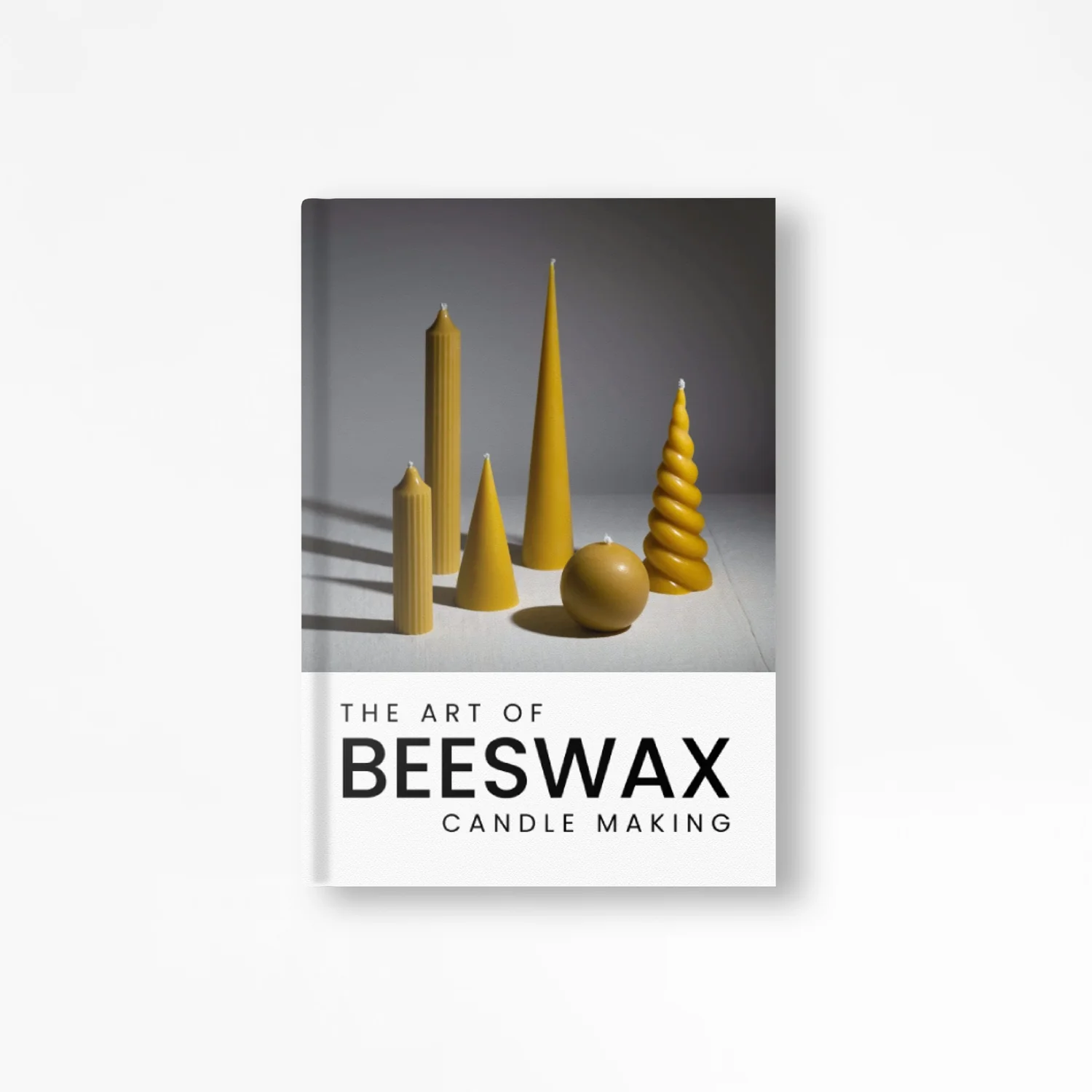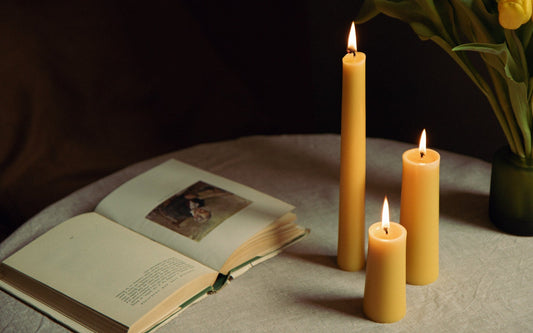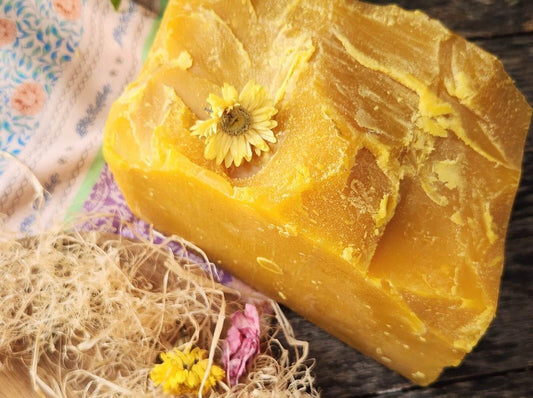Welcome to our DIY beeswax wood polish recipe guide! If you have wooden furniture that needs some love and care, you've come to the right place. In this article, we'll walk you through a simple step-by-step process to create your very own beeswax wood polish. Experience the natural beauty of beeswax as it restores and protects your wooden furniture, leaving it with a lustrous and long-lasting finish!
Why Choose Beeswax Furniture Polish?
Beeswax wood polish is an excellent choice for restoring and maintaining the beauty of your wooden furniture. Beeswax nourishes and moisturizes the wood, enhancing its natural color and grain. It also forms a protective barrier that helps guard against moisture, stains, and everyday wear and tear. By making your own beeswax wood polish, you have control over the ingredients, ensuring a chemical-free and eco-friendly solution for your wooden furniture care.
Shop Here
Ingredients for Beeswax Wood Polish
Before we dive into the recipe, let's gather the ingredients you'll need:
- Beeswax pellets: 2 ounces
- Mineral oil or food-grade oil (e.g., walnut oil or olive oil): 1 cup
- Essential oil (e.g., lemon, orange, or lavender): a few drops (optional)
Step-by-Step Instructions
Follow these easy steps to create your own beeswax wood polish:
- In a double boiler, melt the beeswax pellets over low heat.
- Add the mineral oil or food-grade oil to the melted beeswax and stir well to combine.
- If desired, add a few drops of your favorite essential oil to give the wood polish a pleasant fragrance. Stir well.
- Remove the mixture from heat and let it cool for a few minutes.
- Pour the warm beeswax wood polish into a clean and dry container with a tight-fitting lid.
- Allow the mixture to cool completely and solidify before use.
How to Use Beeswax Wood Polish
Here's how to use your homemade beeswax wood polish to restore and protect your wooden furniture:
- Ensure the surface of the wooden furniture is clean and free from dust or debris.
- Using a soft cloth or sponge, apply a small amount of the beeswax wood polish onto the surface of the wood.
- Gently rub the polish into the wood in a circular motion, covering the entire surface.
- Allow the polish to sit on the wood for a few minutes to penetrate and nourish the surface.
- Using a clean cloth, buff the wood in the direction of the grain to remove any excess polish and achieve a smooth, lustrous finish.
Tips for Using Beeswax Wood Polish
Here are a few tips to keep in mind when using your beeswax wood polish:
- Test the wood polish on a small, inconspicuous area of the wooden furniture before applying it to the entire surface to ensure compatibility and desired results.
- Apply the beeswax wood polish in thin layers to avoid excessive buildup and to allow the wood to absorb the nourishing properties of the polish.
- Regularly dust and clean your wooden furniture before applying the wood polish to maintain its beauty and prevent dust or dirt from scratching the surface.
- Reapply the wood polish as needed to maintain the luster and protection of your wooden furniture. Frequency may vary depending on usage and environmental conditions.
- Store the beeswax wood polish in a cool, dry place with the lid tightly closed to preserve its quality and prevent drying out.
- Avoid using the beeswax wood polish on surfaces that are not suitable for wax application, such as painted or varnished wood.
Conclusion
By following this DIY beeswax wood polish recipe, you can restore and protect your wooden furniture with a natural and effective solution. The combination of beeswax and nourishing oils rejuvenates the wood, enhances its natural beauty, and provides a protective barrier against moisture and everyday wear. Say goodbye to dull and dry wooden furniture and hello to a lustrous and long-lasting finish. Enjoy the satisfaction of caring for your wooden furniture with your homemade beeswax wood polish!
Photo by Ryan Riggins on Unsplash









